How can you be sure there's argon gas in your triple pane windows?
I've always been my opinion that you can see a ripple in the seal on triple windows where the needle to install the argon gas. Does it mean the glass company ripped me off when there isn't any place you can see the insertion point?
Related Discussions
How to get rid of mice?
We seem to have some unwelcome Mickeys and Minnies in our house. What is the best way to get rid of them?
How to remove popcorn ceiling with asbestos?
I want to remove my popcorn ceiling, but it has asbestos in it. How do I go about this safely?
How to caulk baseboard gaps?
How do I fill gaps at baseboard, should I caulk? If so, does anyone know how to caulk baseboards?
How to fix squeaky hardwood floors?
How do I fix squeaky hardwood floors?
Tips for updating or repairing Pella between the glass blinds?
Our 14 year old cord controlled blinds are all giving us trouble with raising and lowering and tilting. Many of the top mechanisms are coming unglued from the top. I ... See more
Brr! Drafty windows- how to cut the draft?
I have 3 sets of windows configured like this...very drafty, How to you winterize them? There is nothing in the corner to stick tape to. Thank you

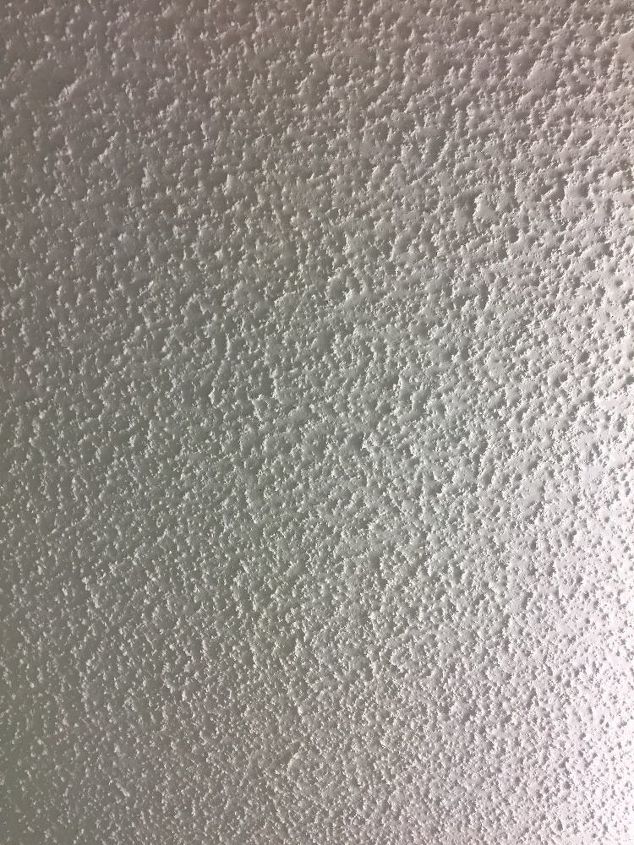
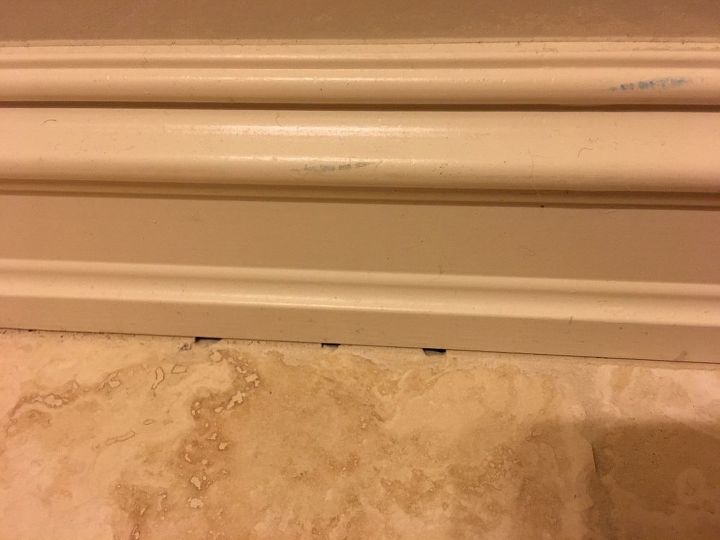
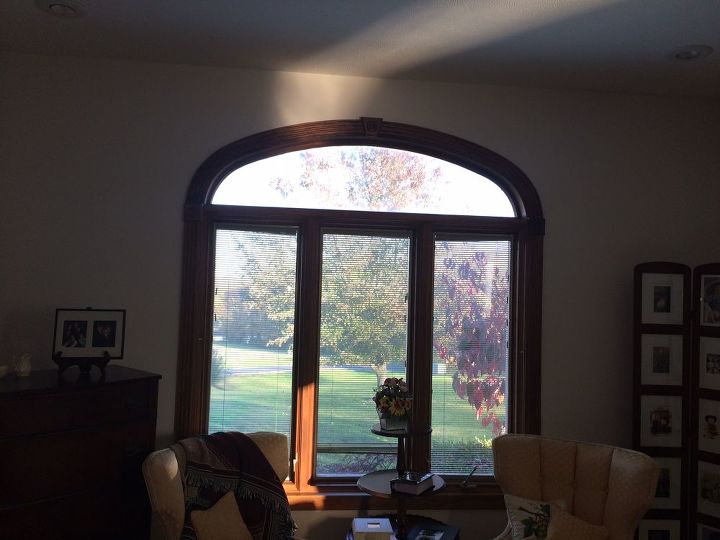
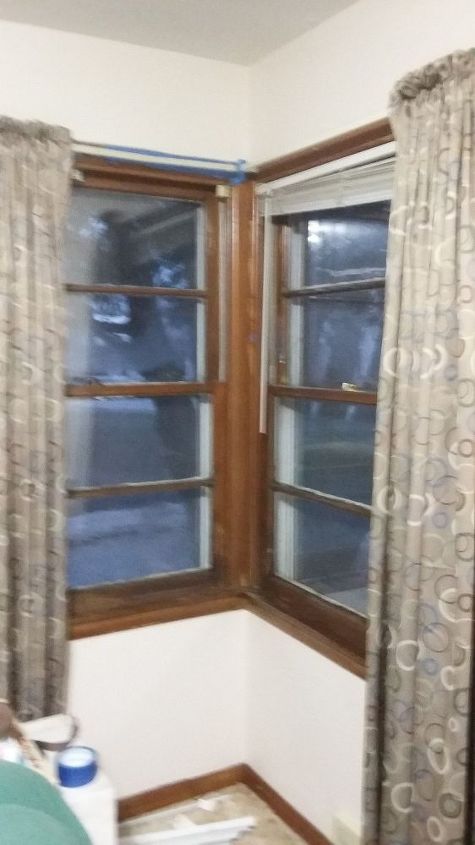
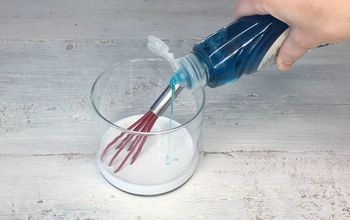
If the windows are clear and no fogging or moisture between the glass panes then they are fine. If there was a noticeable insertion point it would be the first to fail. Since the seal is a special rubberized material the insertion point collapses on itself after the argon is introduced and sealed. Failure of the seal occurs when the vulcanized seal separates from the glass panes causing the argon to leak out and air is sucked in. Since there is moisture in air the windows will fog.
If they’re made by a large recognized window manufacturer, there should be no worries. They should also come with a warranty, then.
If you’ve condensation inside the windows, the seal has failed.
Argon or other inert gas was always used in double pane windows. That was what prevented the transfer of heat and cold. Without the inert gas the windows would fog up from condensation. Some manufacturers use a desiccant either incorporated in the seal or separate. If you are concerned call the manufacturer of the windows.
If your windows do not fog up they do have Argon gas in them. Air has moisture in it and condensation will form. If the seal breaks the Argon leaks out and air gets sucked in. The low E is a coating on the inside surface of the glass applied at the factory. It gives the glass either a slight smokey tinge or a bluish rainbow cast depending how light hits it. Some low E windows have a plastic film in between the glass panels that reflects outside UV light. Triiple pane glass panels have clear glass inside and outside with a UV coated glass panel in between the two.
If you have condensation on the inside pane of glass inside the home your humidity level is too high in the house. The windows are made to prevent heat and cold transfer between outside and inside. The low E coating or film reflects UV rays from sunlight. They do not prevent condensation on the inside glass when humidity levels are high in the home.
I recently had three triple pane windows installed beside each other. Low e argon specs. Dew point hits and the windows fog on the outside. However the middle window does not fog. This means heat is escaping through this window more than the other two. Is there no argo in this middle window? Can an infrared gun detect the temp difference? What should the difference be. Outside temp 5c. Inside temp 23c